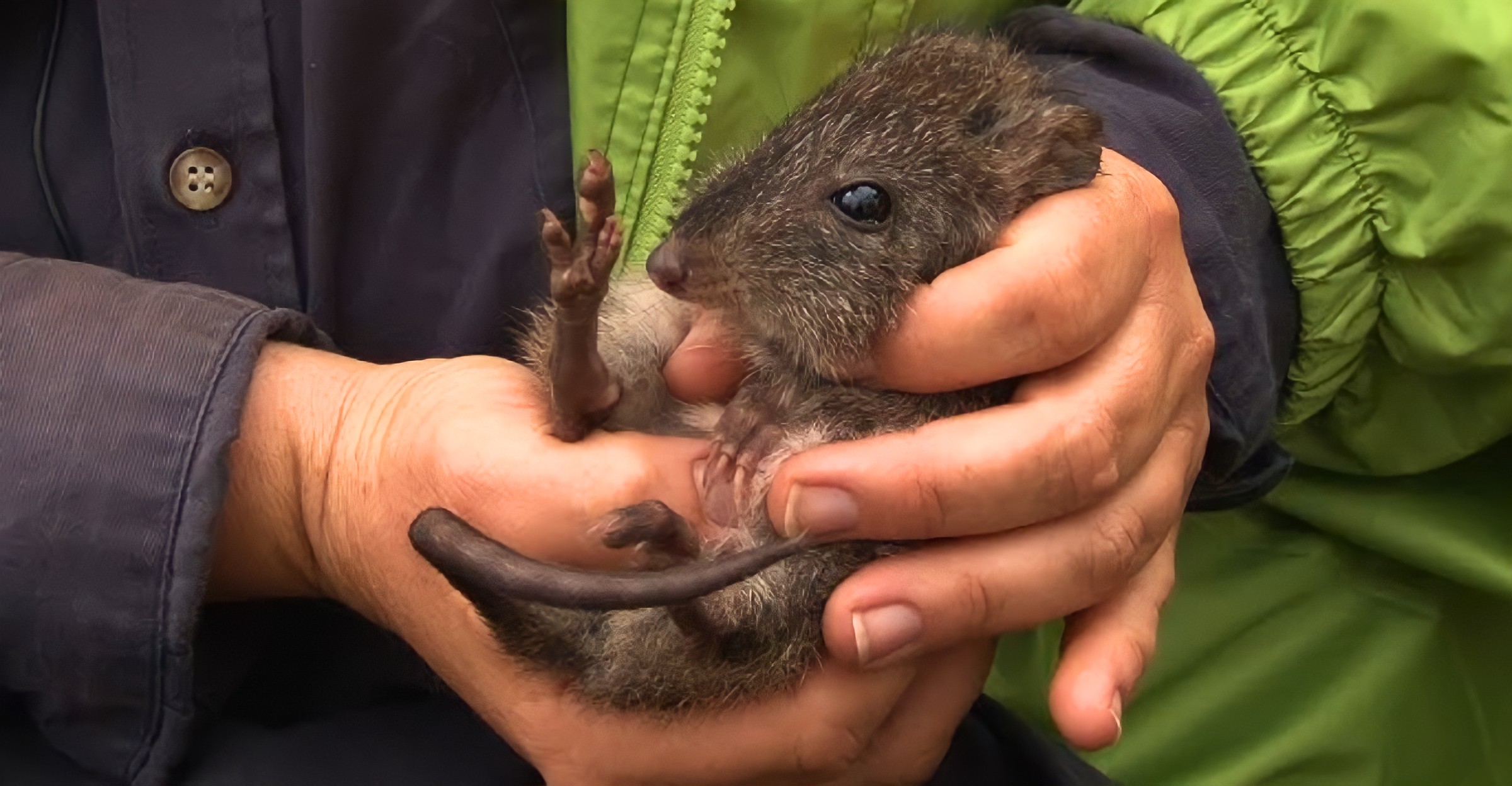
Gilbert’s potoroo, a nocturnal marsupial, once thought extinct for over a century, not only returned but is now showing signs of recovery. The critically endangered species was rediscovered in 1994 at Two Peoples Bay Nature Reserve in Australia, sparking debate about the value of conservation and the consequences thereof. Let’s take a closer look at this species and its remarkable reappearance.
An Astonishing Return
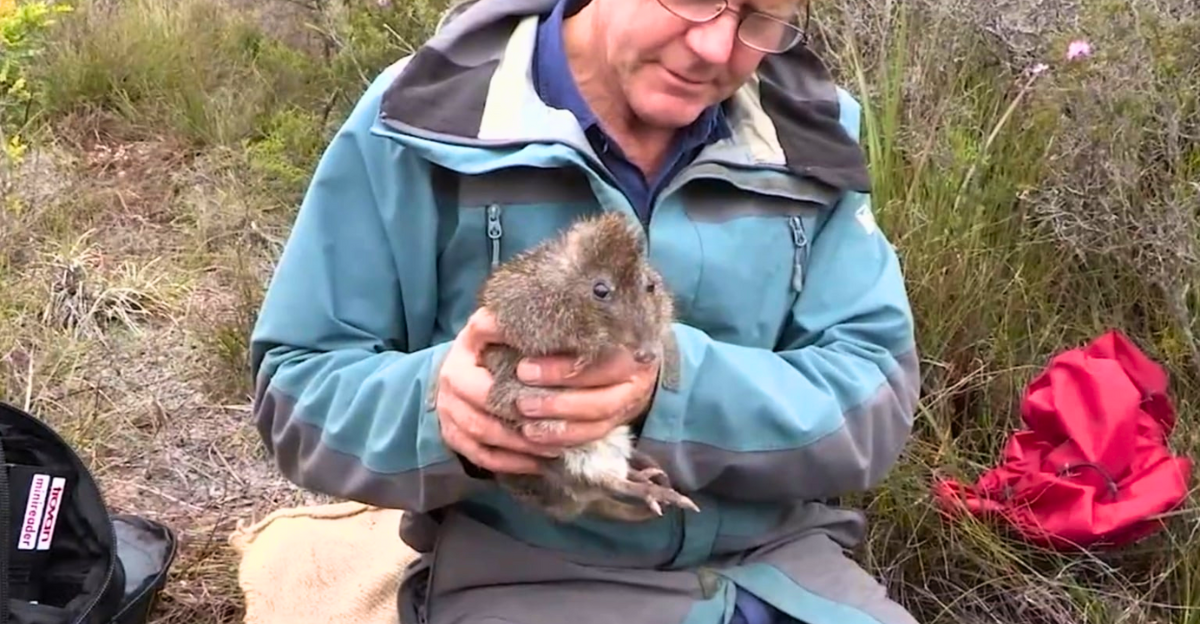
In 1994, Gilbert’s potoroo (Potorous gilbertii), a tiny nocturnal marsupial native to southwestern Australia, was rediscovered. Thought to be extinct for more than a century, this critically endangered species was found in Two Peoples Bay Nature Reserve in Albany, Western Australia. This incredible discovery sparked hope in the scientific community and led to intensive conservation efforts to save the species.
Gilbert’s Potoroo’s Ecological Role
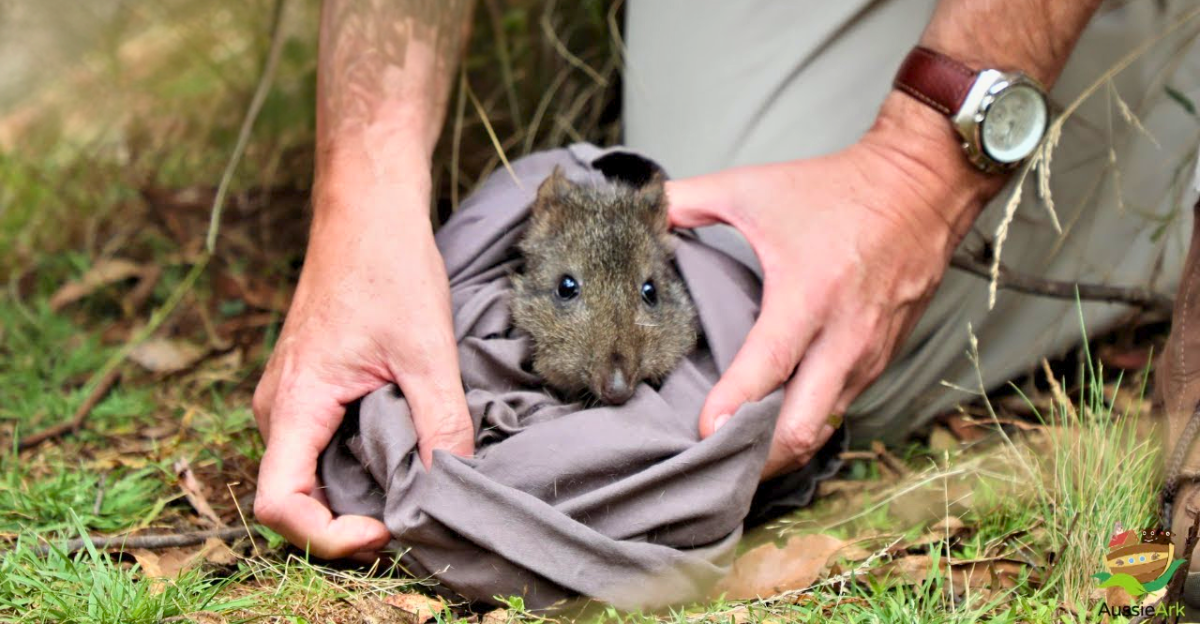
Gilbert’s potoroo plays a vital role in its environment as a mycophagist, feeding primarily on underground fungi. It contributes to nutrient cycling by scattering fungal spores, helping to maintain healthy plant life, and contributing to the integrity of its habitat. The species’ specialized diet of fungi shows the need to preserve its native habitat to ensure ecological balance and restore biodiversity.
Historical Context and Rediscovery
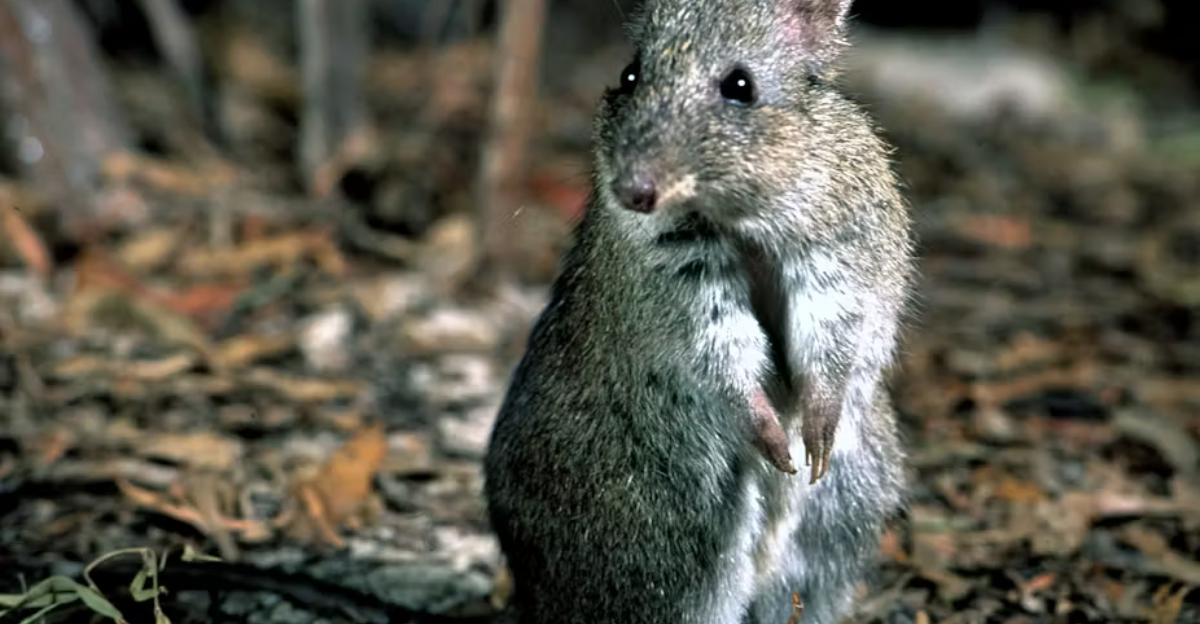
The species was first documented in 1841 by naturalist John Gilbert but had long been thought extinct as no one had spotted it for generations. However, in 1994, a research team led by Dr. Elizabeth Sinclair rediscovered it, shedding light on the species’ resilience and the need to preserve its habitat. This was a monumental breakthrough in Australian wildlife conservation.
Conservation Strategies Post-Rediscovery
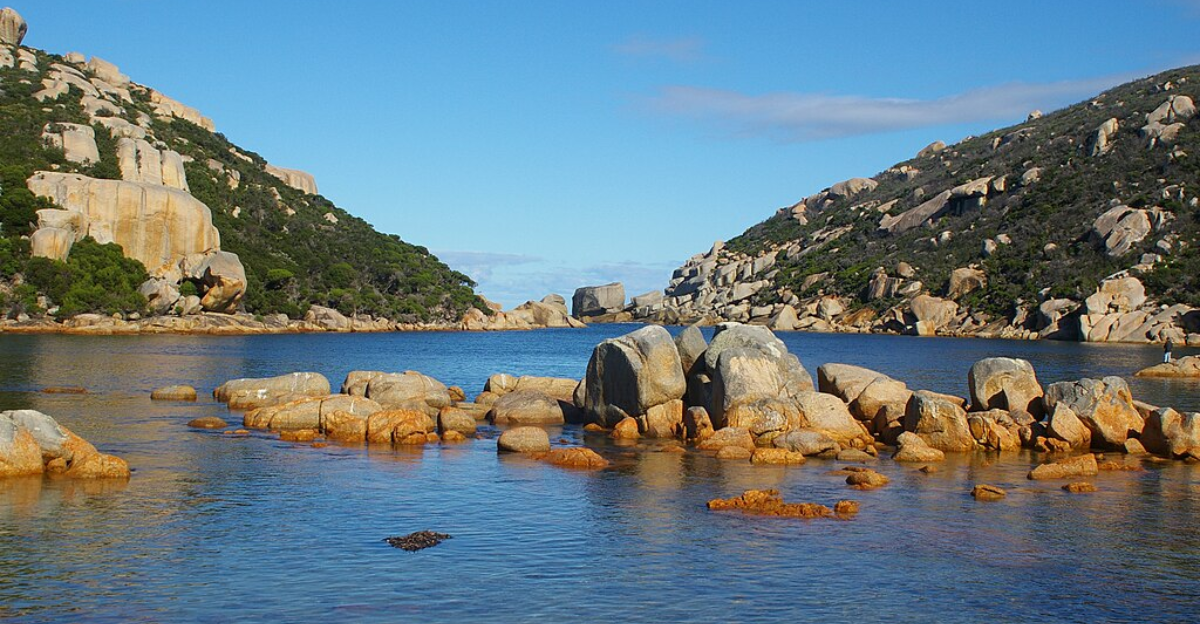
Following the rediscovery, conservationists used a variety of methods to try to save Gilbert’s potoroo, including habitat management, feral predator control, and the development of insurance populations on Bald Island and a mainland enclosure within Waychinicup National Park. These insurance populations on Bald Island, and recently on Middle Island, off Western Australia’s southernmost point, aim to create predator- and other peril-free safe havens, acting as an “insurance policy” for the species’ survival to help enable population growth.
Genetic Data in Conservation

Furthermore, genetic diversity is key to the long-term viability of Gilbert’s potoroo, and researchers have been working with genetic data to provide more information so that breeding programs can be established. This genetic data also provides insight into whether or not the species possesses the genetic diversity it requires to adapt to environmental change and resist disease.
The 2015 Bushfire Crisis
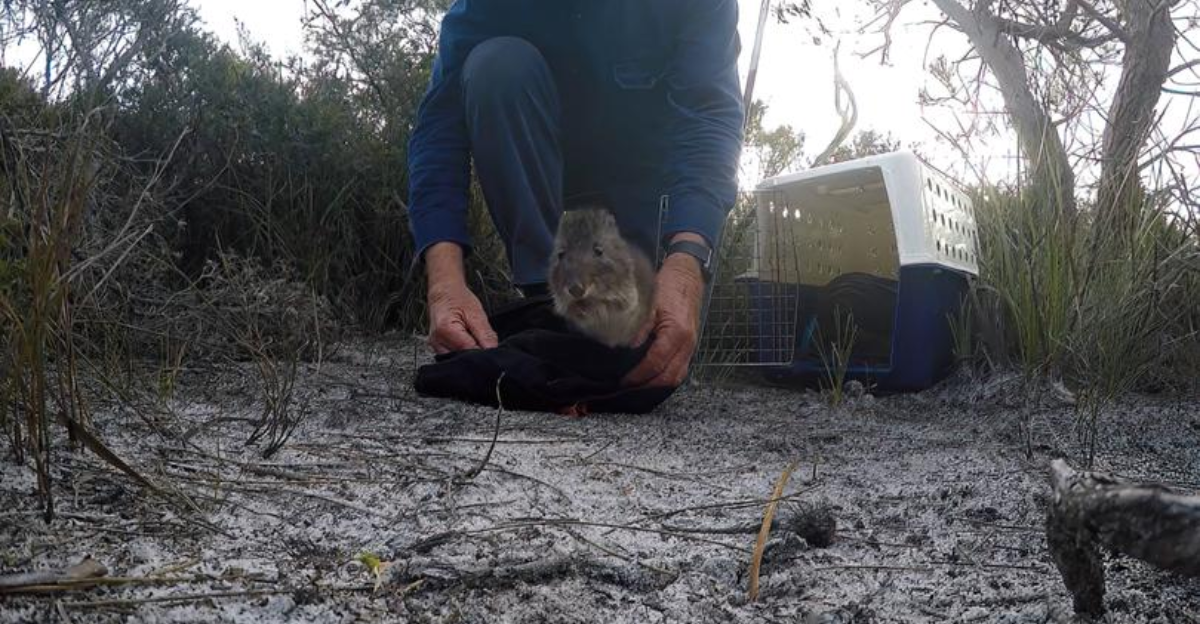
Initially found with a mere 40 individuals, the number has risen significantly, and in 2014, more than 100 individuals were counted, thanks to these conservation efforts. However, in November 2015, a devastating bushfire swept through Two Peoples Bay Nature Reserve, destroying 90% of the potoroo’s habitat and negatively impacting the small population. The fire served as a reminder that the species is vulnerable and the importance of precautionary conservation measures to safeguard against unforeseen natural disasters.
Current Status and Population Trends
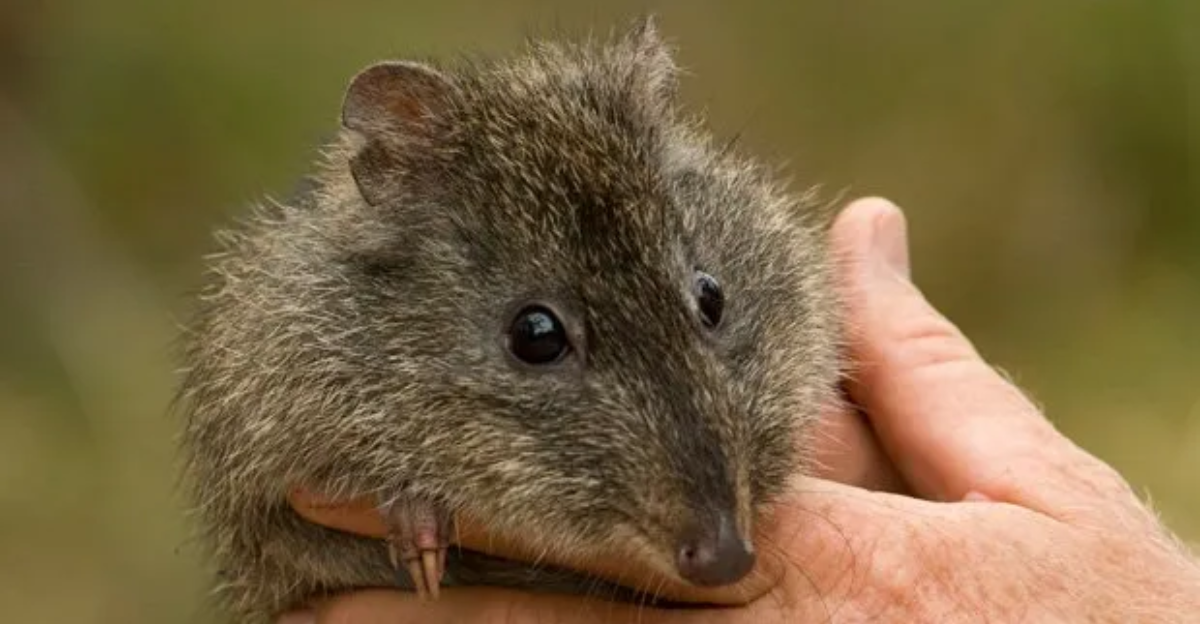
As of December 2018, approximately 100 individuals of Gilbert’s potoroo remained, with populations remaining on Bald Island, Middle Island, Waychinicup National Park, and Two Peoples Bay. Ongoing monitoring indicates a steady or increasing population trend, which shows the success of conservation.
The Impact of Species Rediscovery
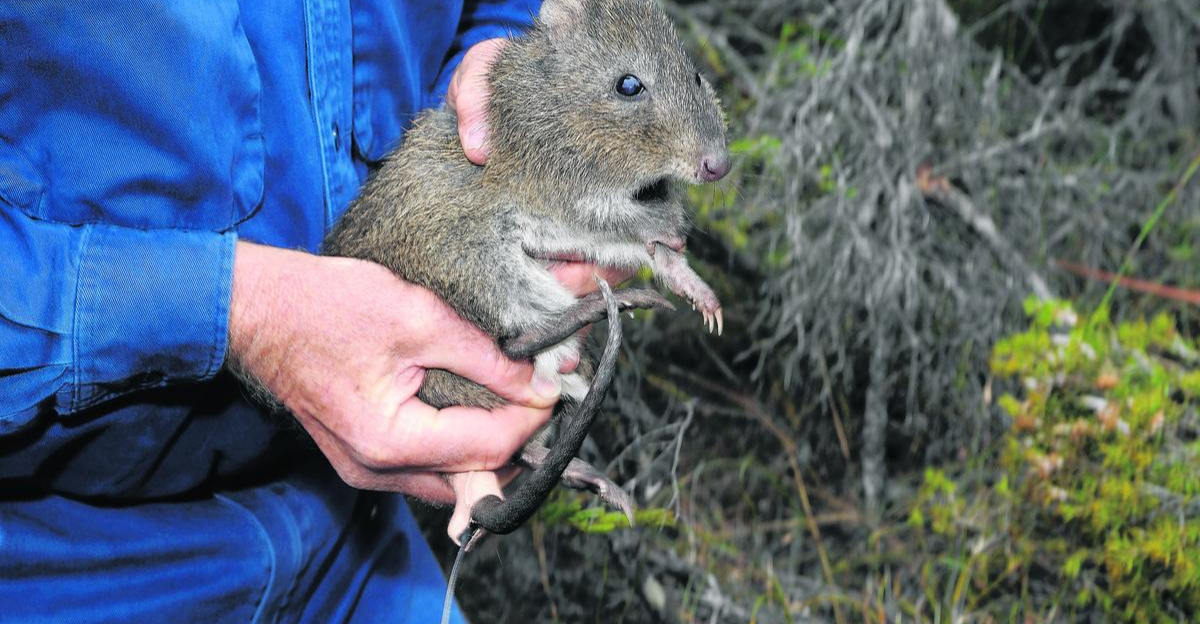
The rediscovery of such animals as Gilbert’s potoroo brings hope to the scientific community and confirms nature’s resilience. While some may argue that de-extinction diverts resources from extant species, the black-footed ferret’s recovery, for example, shows dual benefits: Its return saved seven prairie plant species from extinction, showing that every revived species protects three to five others through restored ecosystems and natural interactions.
The Impact of Conservation on the Economy
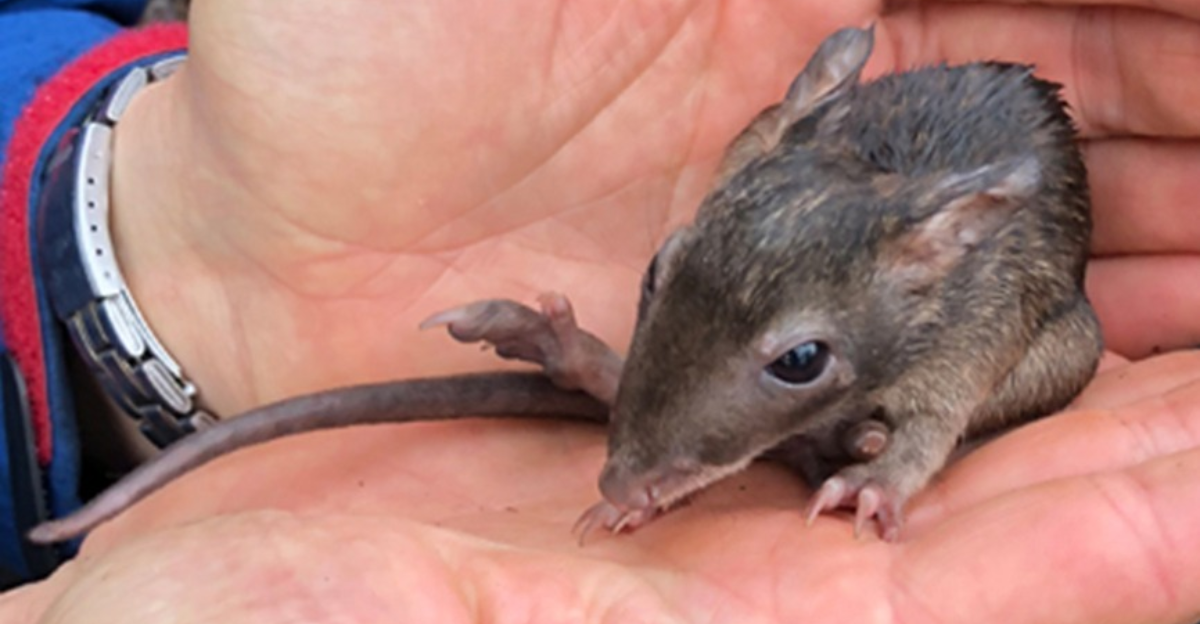
Community involvement, such as that of community groups like The Gilbert’s Potoroo Action Group, has been a central part of conservation efforts. Efforts to protect and increase potoroo populations have actually seen unexpected financial returns, as they have helped increase tourism to Two Peoples Bay by 300% since 2022. Furthermore, the species’ scat contains novel fungal compounds that have helped in pharmaceutical trials.
Conservation Technologies
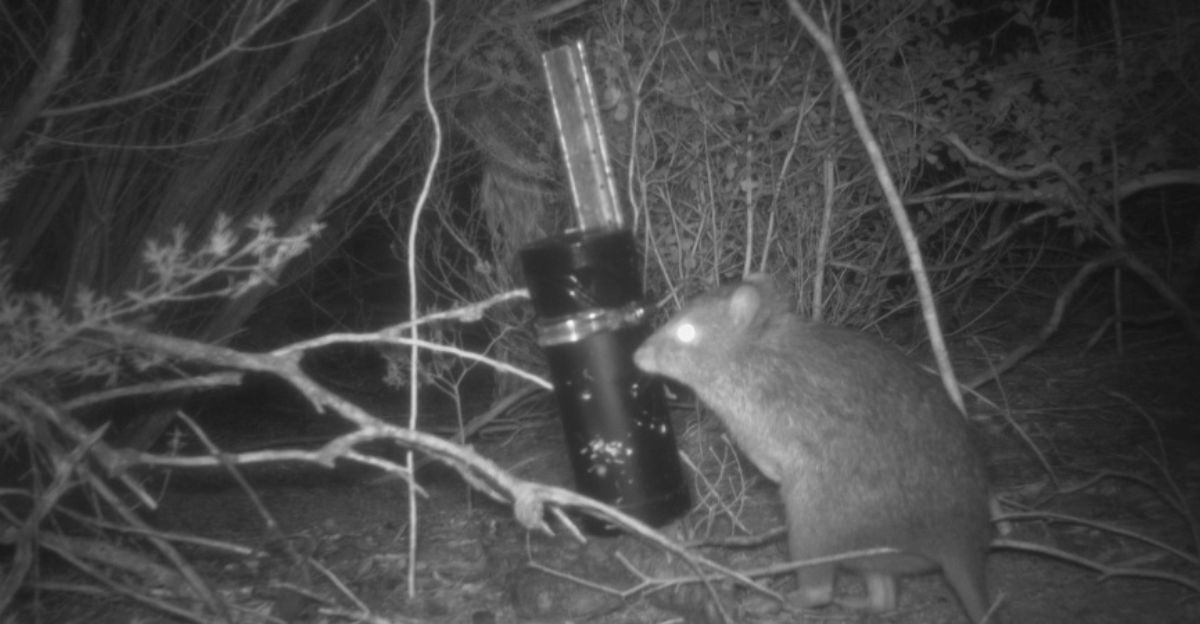
Technological advancements, such as remote sensing and genetic analysis, have provided effective conservation methods for Gilbert’s potoroo. They enable more accurate population size tracking, health checks, and future habitat translocations. Further, by tracking the species, researchers gain a better understanding of their important role in the ecosystem.
Collaborative Efforts and Partnerships
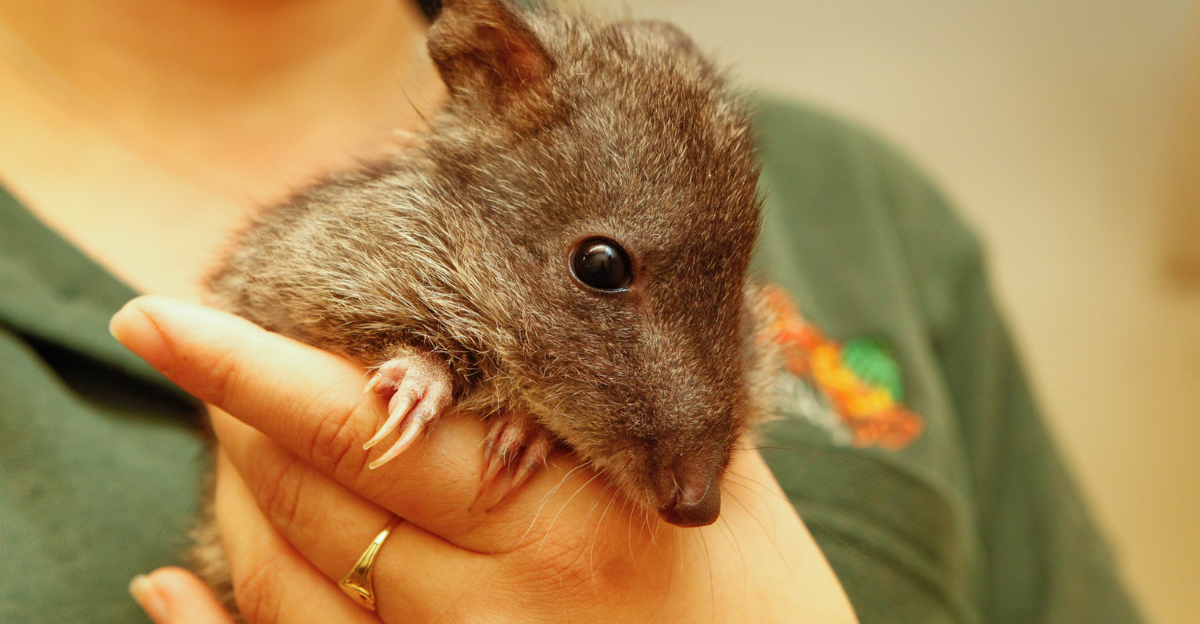
Gilbert’s potoroos’ recovery has been a collective process that has brought together government agencies, universities, non-profit groups, and local communities. These partnerships brought resources and expertise together to create more efficient conservation results. Further, to continue conservation efforts, public awareness campaigns, fundraising, and volunteer programs can foster community support.
Moving Forward from Lessons Learned
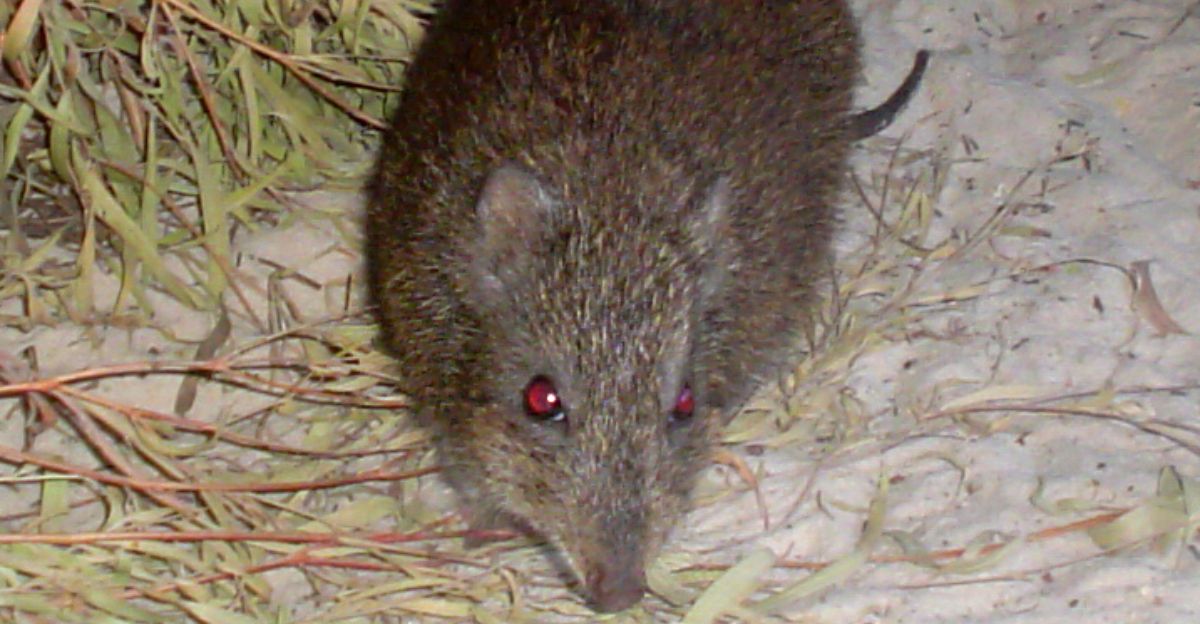
As our biodiversity declines annually, Gilbert’s potoroo rediscovery is a beacon of hope, highlighting the success of joint conservation programs and the importance of preserving unique ecosystems. Gilbert’s potoroo’s recovery from possible extinction serves as a lesson in the value of conservation, providing an example of how important early detection, habitat and genetic conservation, and community engagement are.
Explore more of our trending stories and hit Follow to keep them coming to your feed!
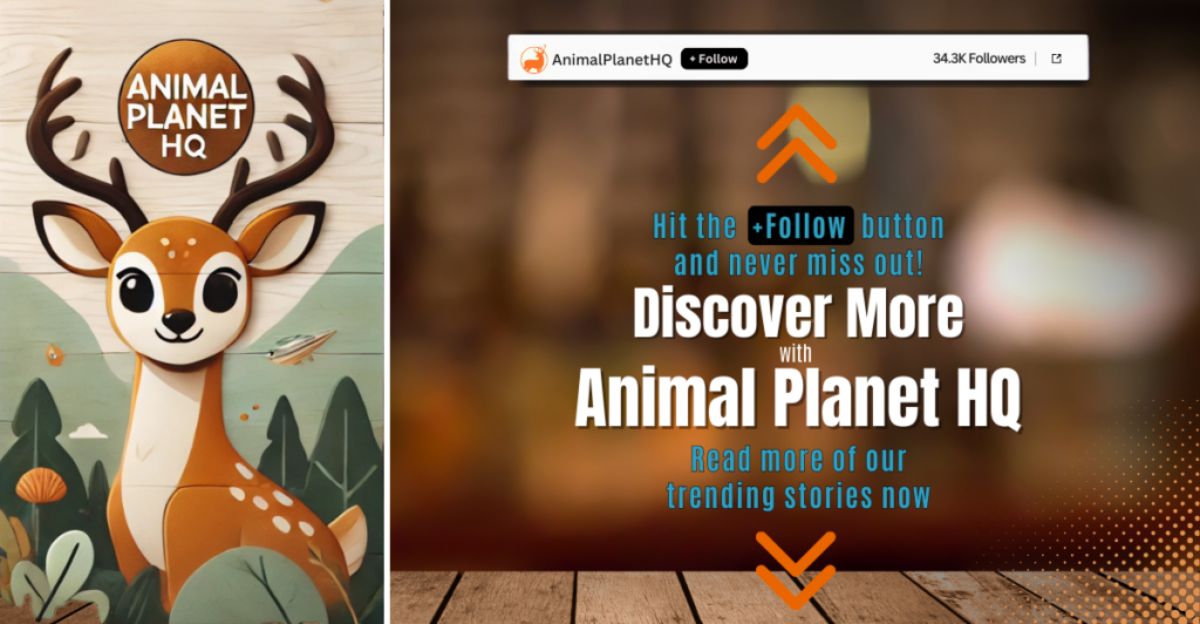
Don’t miss out on more stories like this! Hit the Follow button at the top of this article to stay updated with the latest news. Share your thoughts in the comments—we’d love to hear from you!







